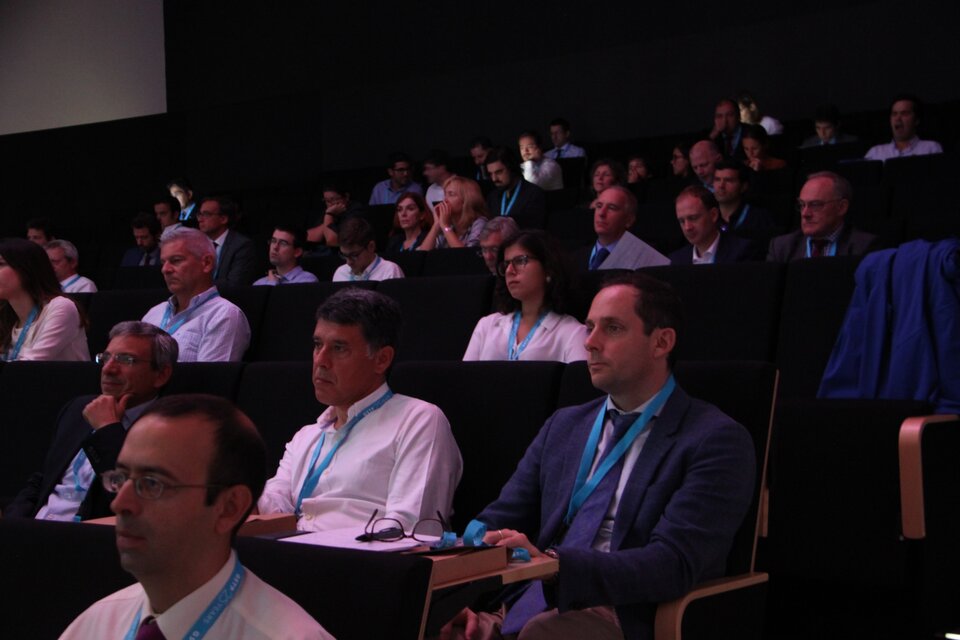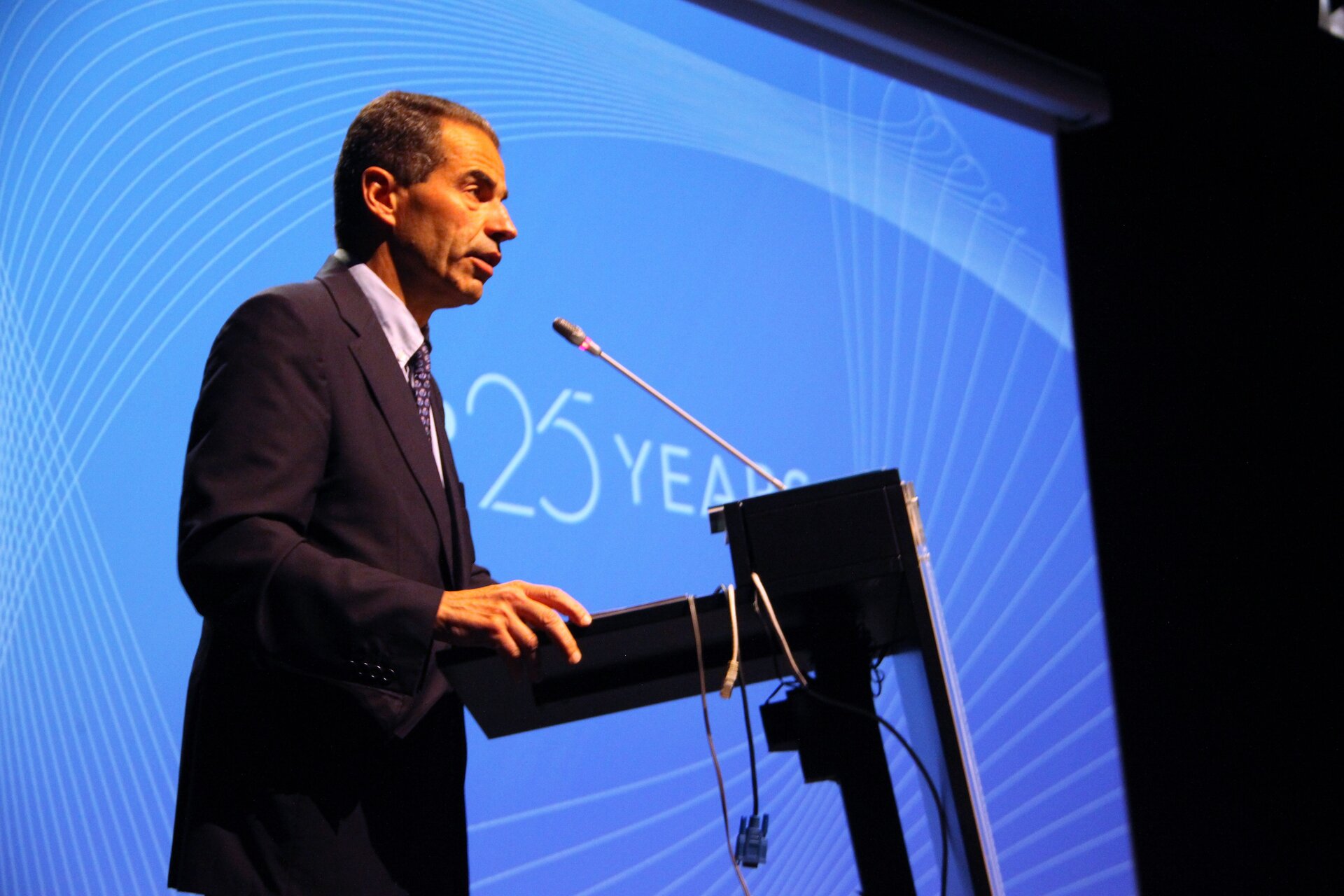GSTP celebrates 25 years of time and space
Last week, the General Support Technology Programme (GSTP) celebrated its 25th anniversary, with a two-day event in Lisbon, Portugal.
Inaugurated on 13 May 1993, the GSTP was originally an integral part of ESA’s long-term plan to make sure the Agency kept ahead of technologies it might need. GSTP aims to work with industry, academia and participating State delegates to predict what those technologies might be or to see if current innovative technologies used on Earth can be adapted for use in Space. In the programme’s lifetime, over 1800 contracts have been awarded that do just that.

From satellites to launchers, the goal isn’t always to develop a final, finished product but to see whether the technologies are practical and what they will make possible, turning them into something more than just a concept.
“We live in times where the pressure of economy on science is huge and we need organisations like ESA to sync the process of what building blocks are required and what capacity is needed. We need time and space to think about how we best address global challenges and local issues. GSTP gives us both of these,” says Manuel Heitor, the Portuguese Minister for Science, Technology and Higher Education, speaking at the event.

The event’s six sessions covered the biggest achievements and highlights from GSTP history, such as the thrust control vector on the VEGA rocket launchers – the only moving part on a machine made up of thousands of small components – or the Proba missions that, with an accumulated 31 years in space, have ticked off many firsts. These include flying the first freeform optics, which allowed instruments to become much smaller, or the first ADS-B aircraft signal detector on PROBA V.
“Perhaps the programme’s greatest success, beyond the technology developments, is how much it’s achieved to build know-how, experience and tools, jointly, with industry and academia, in this very specialised discipline,” says Stefano Bianchi, the Programme Manager for VEGA.
Beyond GSTP’s achievements, the event also brought ESA, industry and Member State delegates together to discuss what needs doing in the constantly changing space landscape. Ultimately, all agreed that GSTP has a huge role to play in promoting cooperation and spurring innovation, and future initiatives in advanced manufacturing, artificial intelligence and in reducing space debris were key. This is especially true as non-traditional players become interested in space and with mounting pressures to reduce the time it takes to get technology into orbit (by the time the Rosetta mission landed on the Philae comet, the technology on board was 30 years old, from 1985 when VHS and floppy discs were state-of-the-art).
Overwhelmingly the feeling of the event was the importance a programme like GSTP has. As Giorgio Saccoccia, Head of the Propulsion and Aerothermodynamics Division at ESA, says, “we do love GSTP”.
Please download the presentations and images from the event.


